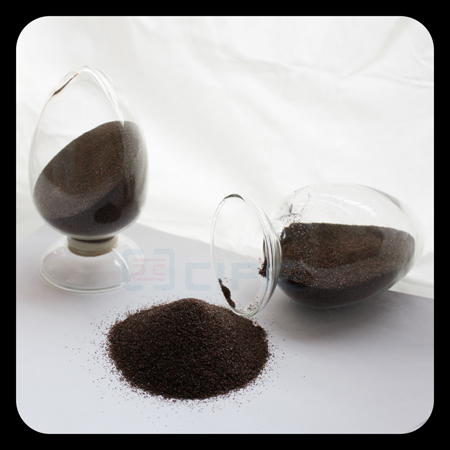
The requirement for iron filings still includes chemical composition in addition to the length (or size)...

Iron filings in alumina smelting are known as diluent or clarifying agent. The purpose of adding iron filings is to dilute the concentration of iron alloy, and accelerate chemical reactions in the furnace, which is beneficial to the reduction of impurities such as SiO2 and TiO2, and at the same time, increase the proportion of ferroalloys that makes it easy to sink on the bottom of the furnace and get the separation from fused alumina liquid, which improves the property of magnetic iron alloy and is advantageous to the magnetic separation.
The addition amount of iron filings is determined by the content of oxidation silicon in bauxite, but the content of iron oxide in bauxite also affects the amount of iron filings, and the iron of iron oxide reduction can replace part of the iron filings. When the silicon content of ferroalloy has more than 20%, the property of magnetic plummeted; While the silicon content reaches 30%~30%, it is not magnetic. To avoid this kind of bad effect and considering the not matching composition of ferroalloy at the same time, the smelting technique of brown fused alumina shows the concentration of silicon in ferroalloy should be less than 16%, namely, the iron silicon ratio (Fe/Si quality) is about 5.5.
The commonly used iron filings are divided into cast iron and steel scrap. Cast iron is better than steel scrap. Cast iron contains less non-ferrous metals, but with high carbon, cheap price and suitable size, without further processing. Non-ferrous metals, especially the content of aluminum will dramatically reduce the property of magnetic iron alloy. When the aluminum content is of 4%, iron alloy will lose magnetism. The influence of aluminum for magnetic ferroalloy is far stronger than silicon. Considering the alumina inevitably has a small reduction in ferroalloy in the process of smelting, the content of aluminum in iron should be not more than 0.4%. The carbon in cast iron is 5~10 times higher than the steel scrap and is extremely beneficial for impurity reduction of alumina.
Although cast iron is better than steel scrap, steel scrap also can be used. If using steel scrap, we must carry on the processing and make its length less than 60 mm, because too long steel scrap will reduce the burden resistance, and can't make electrode insert deep into the bed, also easy to cause hang-ups, which will influence the smelting operation.
The requirement for iron filings still includes chemical composition in addition to the length (or size), request Fe>88%,Si<2.5%,Al<0.4%.